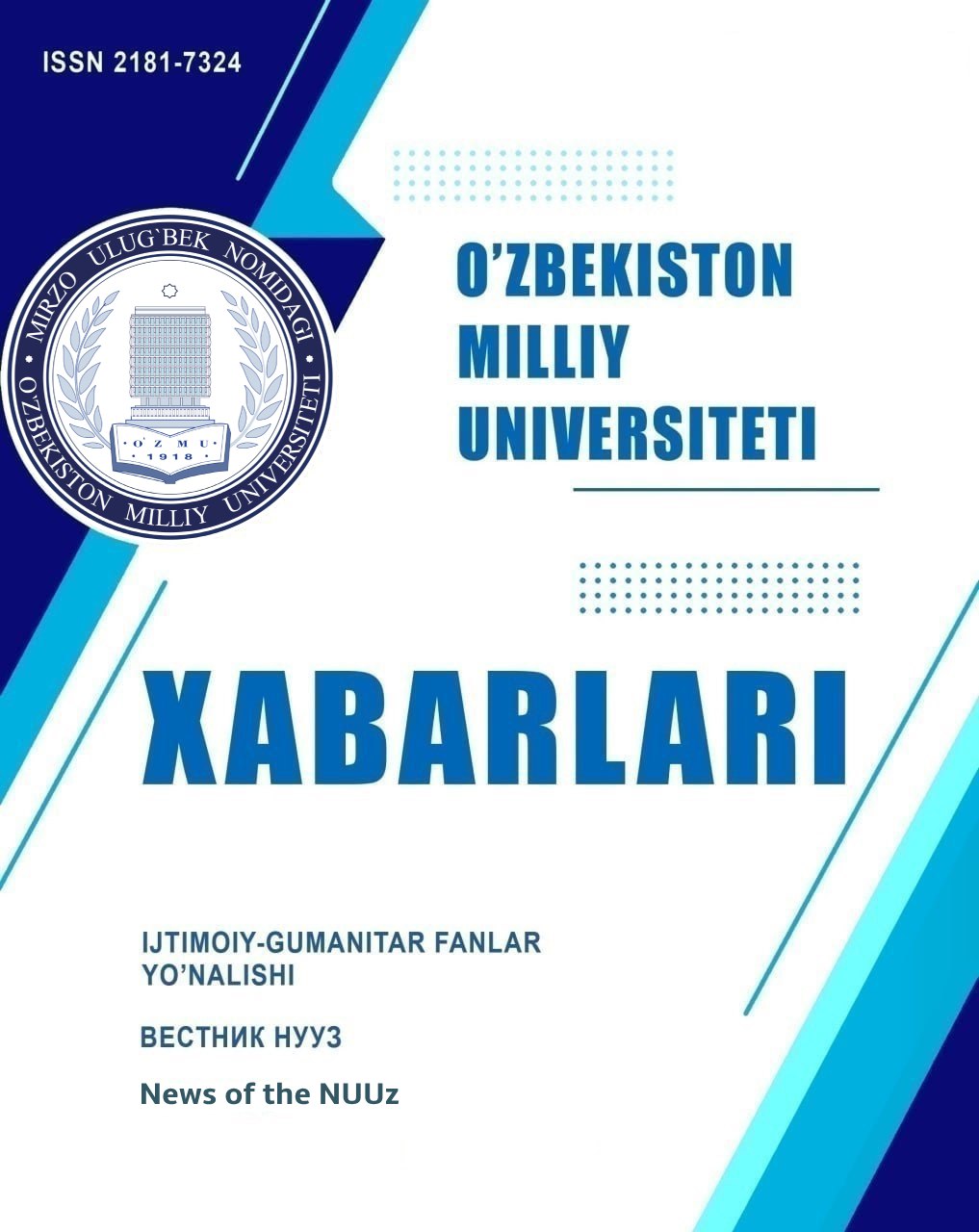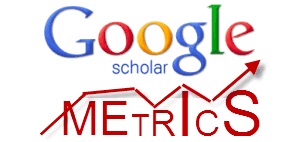MANIPULATIVE SYMBOLS IN POLITICAL DISCOURSE ( IN THE EXAMPLE OF ENGLISH AND UZBEK NEWSPAPERS )
Abstract
In political discourse, the use of manipulative symbols plays a significant role in shaping public opinion and influencing perceptions. This article aims to analyze the use of manipulative symbols in political discourse, focusing on English and Uzbek newspapers as case studies. By examining the language and imagery used in these newspapers, this research seeks to identify the strategies employed by political actors to sway public opinion and advance their agendas. The article employ a qualitative content analysis approach to identify and analyze the manipulative symbols used in political discourse. By examining the language, imagery, and framing techniques employed in news articles and opinion pieces, the research aims to uncover the underlying messages and values conveyed through these symbols. Furthermore, the article will compare the use of manipulative symbols in English and Uzbek newspapers to explore potential cultural and linguistic differences in political discourse. By examining how different societies and languages construct and convey political messages, this research seeks to deepen our understanding of the role of manipulative symbols in shaping public opinion.
References
2. Fairclough, N. (1995). Media nutqi. London: Arnold.
3. Chilton, P. (2004). Siyosiy nutqni tahlil qilish: nazariya va amaliyot. London: Routledge.
4. Vodak, R. va Meyer, M. (Tahrirlar). (2009). Tanqidiy nutqni tahlil qilish usullari. London: SAGE nashrlari.
5. Kress, G. va van Leeuwen, T. (2006). Rasmlarni o‘qish: vizual dizayn grammatikasi. London: Routledge.
6. Machin, D. va Mayr, A. (2012). Tanqidiy nutq tahlilini qanday qilish kerak: multimodal kirish. London: SAGE nashrlari.
7. Bhatiya, A. (2004). Yozma nutq dunyolari: janrga asoslangan ko‘rinish. London: 345 b.
8. Fairclough, N. va Wodak, R. (1997). Tanqidiy nutq tahlili: tilni tanqidiy o‘rganish. London: Longman.
9. Martin, J. R. va Rose, D. (2003). Nutq bilan ishlash: gapdan tashqari ma’no. London: 297 b.
10. Koller, V. (2004). Biznes media nutqidagi metafora va gender: tanqidiy kognitiv tadqiqot. Basingstoke: Palgrave Makmillan.
IBRAGIMOV, M. (2024). BO ‘LAJAK JISMONIY TARBIYASI O ‘QITUVCHILARIDA VATANPARVARLIK TUYG ‘USINI RIVOJLANTIRISH YO ‘LLARI. News of the NUUz, 1(1.7. 1), 96-98.
Copyright (c) 2024 News of the NUUz

This work is licensed under a Creative Commons Attribution-NonCommercial-ShareAlike 4.0 International License.


.jpg)

1.png)







